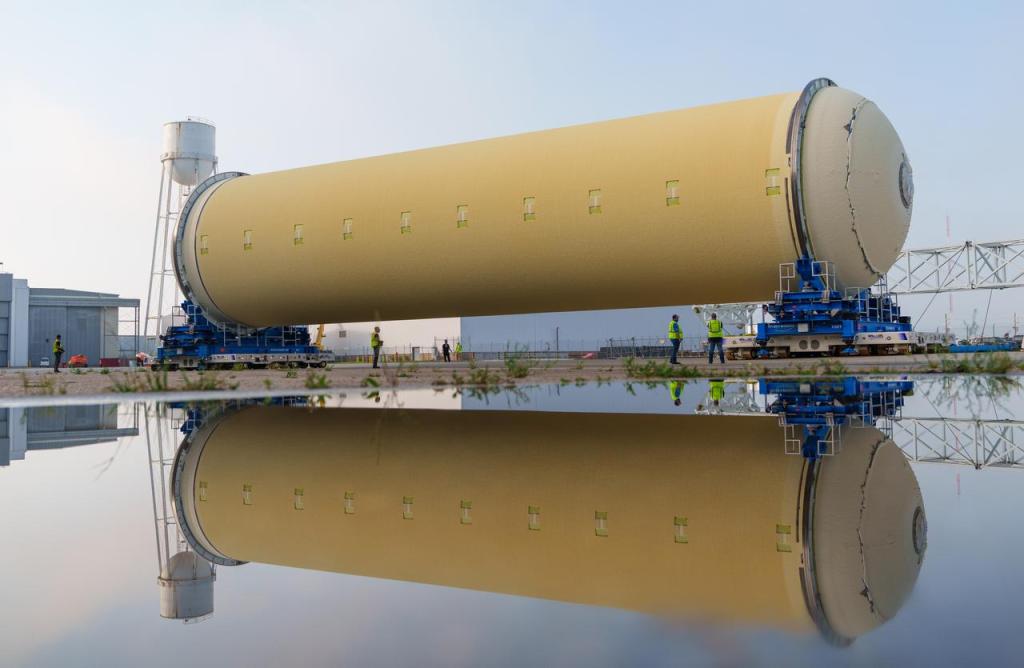Phoenix Lander Amid Disappearing Spring Ice
| Credit | NASA/JPL-Caltech/Univ. of Arizona |
|---|---|
| Language |
|
NASA's Phoenix Mars Lander, its backshell and its heatshield are visible within this enhanced-color image of the Phoenix landing site taken on Jan. 6, 2010 by the High Resolution Imaging Science Experiment (HiRISE) camera on NASA's Mars Reconnaissance Orbiter.
With early spring at the Phoenix landing site comes progressive sublimation of carbon-dioxide frost that has blanketed the lander and surrounding terrain throughout the winter. During the long polar-winter night, atmospheric carbon dioxide freezes onto the surface, building up a layer of frost roughly 30 centimeters (about one foot) thick. In the spring this frost returns to atmosphere gas (sublimates) over the course of several months. This image, part of a seasonal frost monitoring sequence, shows some areas of bare ground are beginning to be exposed. However, extensive frost patches remain in the topographic lows, such as the troughs of the local polygonally patterned surface.




























